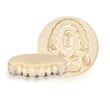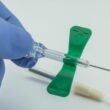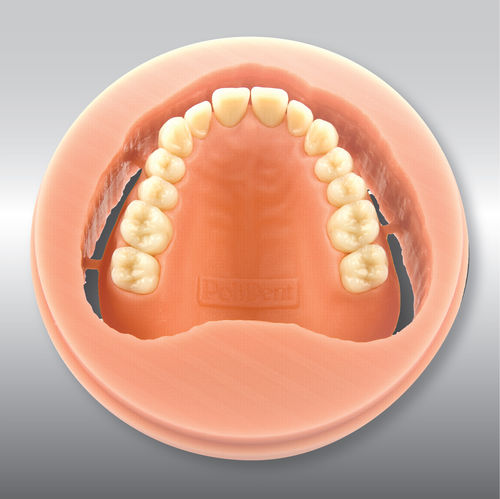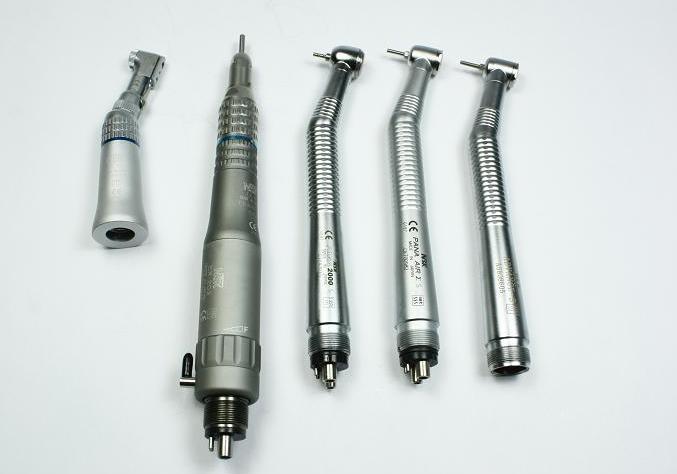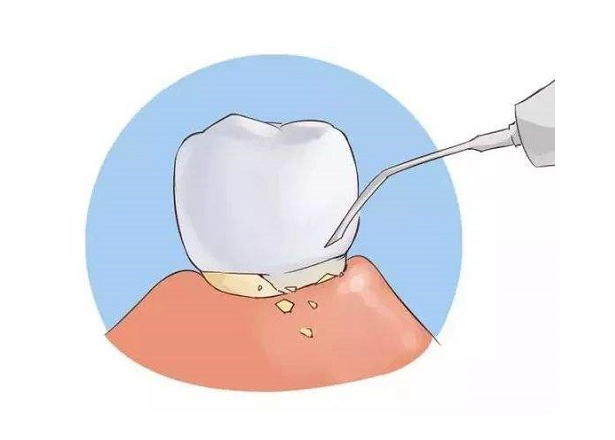Ever wonder about the magic that goes into crafting a perfect crown, a seamless bridge, or a comfortable denture? Behind every successful dental restoration is a skilled dental technician, an array of sophisticated dental lab material choices, and a meticulous fabrication process. Each patient is unique, presenting different clinical needs, aesthetic desires, and functional requirements. The technician’s role is pivotal: to transform a dentist’s prescription into a prosthetic that not_only fits perfectly but also looks and feels natural.
The journey from impression to final restoration is a fascinating blend of art and science. Dental technicians are the unsung heroes, meticulously selecting and manipulating diverse materials with specialized tools to achieve these tailor-made solutions. The choice of dental lab material is paramount, influencing everything from the restoration’s strength and longevity to its biocompatibility and appearance.
A Palette of Possibilities: Understanding Dental Lab Materials
Dental technicians work with an extensive range of materials, each suited for specific applications. These can be broadly categorized:
- Ceramics: Think zirconia, lithium disilicate, and porcelain. These are prized for their exceptional aesthetics, mimicking the translucency and shade of natural teeth. They are incredibly strong, especially modern zirconia, making them ideal for crowns, bridges, and veneers.
- Metals: Gold alloys, cobalt-chromium, and titanium have long been staples in dentistry. They offer superior strength and durability, often used for frameworks for bridges, partial dentures, and implant components. While gold offers excellent biocompatibility, other alloys provide cost-effective strength.
- Polymers & Resins: Materials like PMMA (for temporary restorations and denture bases) and composite resins (for inlays, onlays, and some temporary solutions) offer versatility and ease of processing. Newer 3D printing resins are revolutionizing how models, surgical guides, and even some restorations are made.
- Waxes & Investment Materials: These are crucial for the traditional casting process, allowing technicians to sculpt precise patterns and create molds for molten metal.
The selection process is critical. A technician must consider the forces the restoration will endure, the patient’s aesthetic expectations, potential allergies, and the opposing dentition.
The Art of Fabrication: Casting vs. Digital CAD/CAM
Two primary fabrication methods dominate the modern dental lab: traditional casting and digital CAD/CAM (Computer-Aided Design/Computer-Aided Manufacturing). Each has its distinct advantages, and the choice often depends on the specific case and desired outcome.
1. Traditional Casting: Time-Honored Precision
The lost-wax casting technique is a craft honed over decades.
- Process: It involves creating a precise wax pattern of the desired restoration. This pattern is then encased in a heat-resistant material called investment. Once the investment hardens, the wax is burned out in a furnace, leaving a hollow mold. Molten alloy is then forced into this mold. After cooling, the investment is removed, and the metal casting is meticulously finished and polished. For porcelain-fused-to-metal (PFM) restorations, ceramic is then layered onto the metal substructure.
- Tools: This method requires skillful hands and tools like wax carving instruments, specialized casting machines, high-temperature furnaces, and various polishing burs and wheels.
- Advantages:
- Proven Reliability: Casting has a long and successful history in dentistry.
- Material Familiarity: Many technicians have extensive experience and achieve excellent results with traditional alloys.
- Cost-Effectiveness: For certain types of restorations, especially some metal frameworks, casting can be more economical.
- Marginal Integrity: Skilled technicians can achieve incredibly precise fits with cast restorations.
2. Digital CAD/CAM: The Technological Edge
CAD/CAM technology has revolutionized the dental lab, offering unparalleled precision and efficiency.
- Process: This starts with a digital scan, either directly from the patient’s mouth (intraoral scan) or of a physical model. This 3D data is then imported into CAD software, where the technician designs the restoration virtually. Once the design is finalized, the CAM system takes over, either milling the restoration from a solid block of dental lab material (like zirconia or lithium disilicate) or 3D printing it layer by layer (common for resins and some metals).
- Tools: This workflow relies on scanners, powerful design software, multi-axis milling machines or 3D printers, and sintering furnaces for materials like zirconia that require a final heat treatment to achieve full strength.
- Advantages:
- Exceptional Accuracy: Digital design and manufacturing minimize human error, leading to highly precise and consistent results.
- Speed and Efficiency: CAD/CAM can significantly reduce turnaround times, especially for monolithic (full-contour) restorations.
- Advanced Materials: It enables the use of modern, high-strength ceramics that are difficult or impossible to process traditionally.
- Digital Workflow: Streamlines communication between the dentist and lab, allows for easy design modifications, and facilitates digital record-keeping.
- Predictability: Offers a more predictable outcome and can reduce material waste.
The Best of Both Worlds for Unique Patients
It’s not always a case of casting versus CAD/CAM. Often, the techniques can be complementary. For instance, a CAD/CAM designed framework might be traditionally veneered with porcelain by hand to achieve superior aesthetics. The ultimate decision hinges on providing the best possible prosthetic for each unique patient, considering all factors from durability to the desired look. The dental technician’s expertise lies in understanding these nuances and selecting the appropriate dental lab material and fabrication technique.
The field of dental technology is constantly evolving, with new materials and techniques emerging rapidly. This commitment to innovation ensures that patients receive restorations that are not only functional and durable but also aesthetically pleasing, contributing significantly to their overall health and confidence.
Looking for high quality dental lab materials, Dental Laboratorio is a good place to select the extensive options. Their range supports technicians in delivering these exceptional, patient-specific outcomes, whether through time-tested casting methods or cutting-edge digital solutions.
